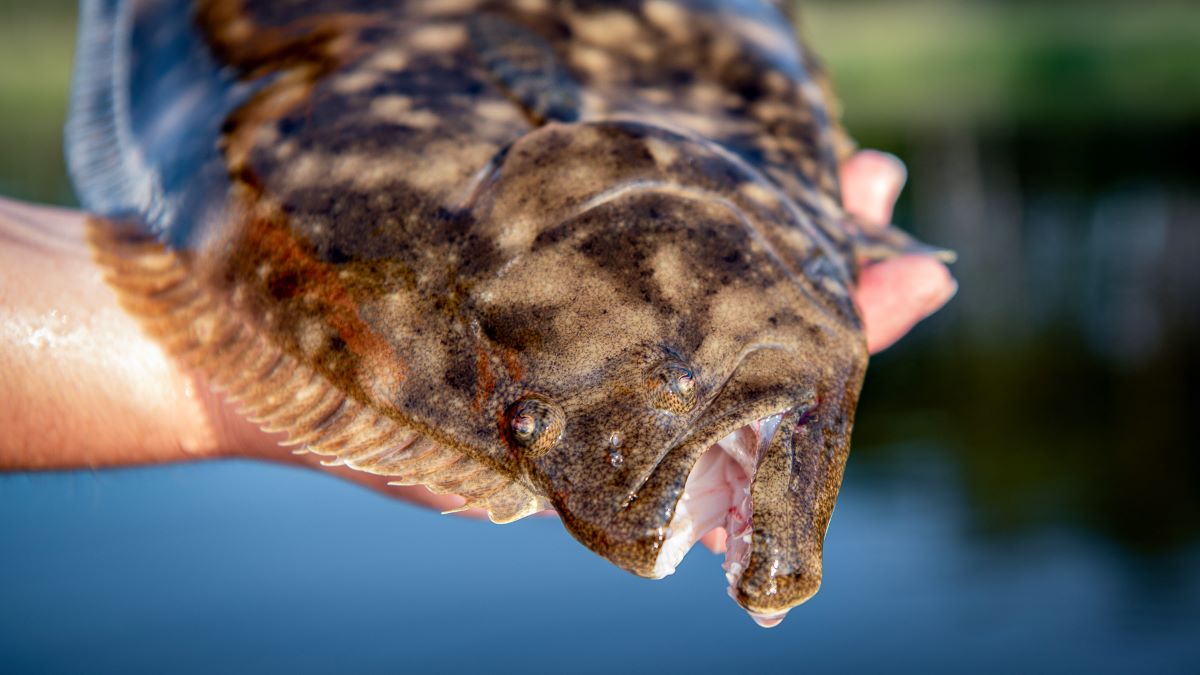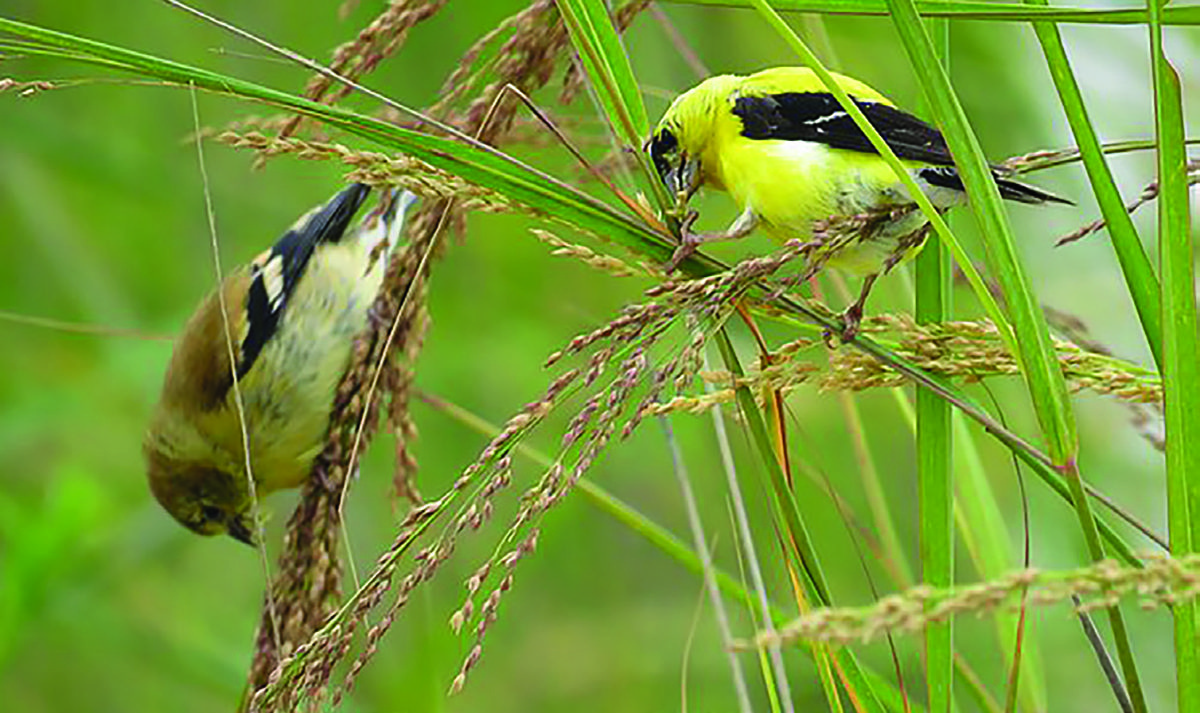
The North Carolina Division of Marine Fisheries has removed the pound net trip limits established previously for this year’s commercial fishing season in estuarine waters.
The division announced the commercial fishing season Aug. 26, and explained at the time that “all pound net management areas will open for the harvest of flounder with initial trip limits.”
Supporter Spotlight
The limits were 500 pounds for the northern area, which is north of the Pamlico Sound, 1,000 pounds for the central area that includes the Pamlico Sound and its tributaries, and 500 pounds for the southern management area that is from Core Sound to the South Carolina line.
Related: NC Fisheries Division sets commercial flounder season dates
Officials revised the pound net limits and sent out the updated information Friday, explaining that “all pound net management areas will open for the harvest of flounder without initial trip limits.”
Opening dates for the three areas did not change. The northern area is to open Monday, Sept. 15, and the central and southern management areas are to open Oct. 1.
Trip limits for these management areas may be implemented during the season to minimize the risk of exceeding the respective allowable landings, or quota, officials explained.
Supporter Spotlight
For both commercial and recreational fisheries, the minimum length is 15 total inches per flounder. The two-week recreational season began Sept. 1 and ends Sept. 14, and one fish is allowed per day.
The measures are to comply with Amendment 4 to the N.C. Southern Flounder Fishery Management Plan, the division states, which was designed to rebuild the stock that has been overfished and is experiencing overfishing.
There are three species typically caught in North Carolina waters, southern, summer and gulf, and, according to the amendment, all commercial flounder landings reported caught in inshore waters are considered southern flounder by the division’s trip ticket program.
“Data from fishery-dependent sampling indicate Summer Flounder and Gulf Flounder account for approximately two percent or less of the flounder harvested from internal waters, while Southern Flounder make up less than one percent of the catch from ocean waters,” the amendment explains.
Additionally, it is against the law for a commercial fishery operation to possess any species of flounder harvested from the internal waters of the state during the closed southern flounder season.







